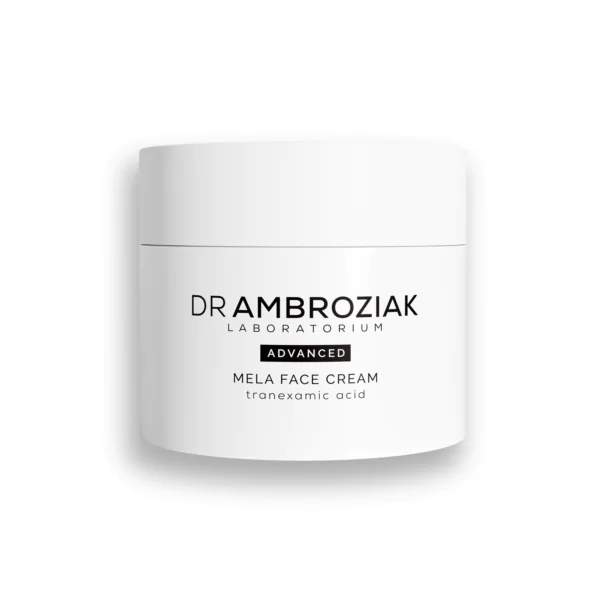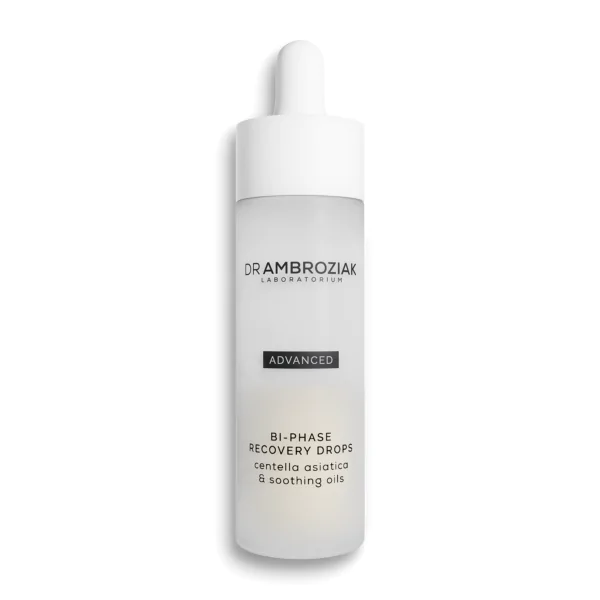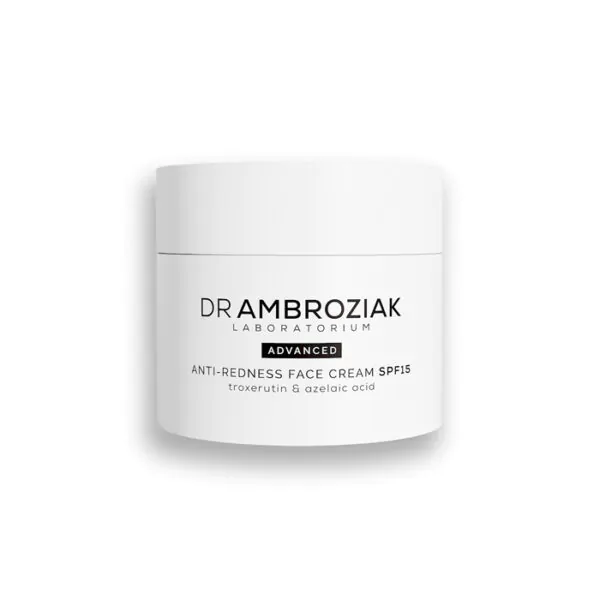Midface Lift
Lift of the central face part, or midface lift, is an operation designed to lift above all the cheek tissues. Youthful appearance of this area is characterised by proper volume of the tissues in the zygomatic region and smooth transition of the lower eyelid into the cheek. With the passage of time, ligaments in this area relax and sagging of the cheek becomes evident by:
- a deepened groove on the lower border of the orbit - so-called valley of tears;
- lowering of the cheek with development of tissue deficiency in its upper part and excess in the lower region of the face;
- overhanging of heavy tissues of the cheeks causes apparent deepening of nasolabial folds and furrows in the area of mouth corners (so called marionette lines), which gives the face a harsh and tired look.
- a deepened groove on the lower border of the orbit - so-called valley of tears;
- lowering of the cheek with development of tissue deficiency in its upper part and excess in the lower region of the face;
- overhanging of heavy tissues of the cheeks causes apparent deepening of nasolabial folds and furrows in the area of mouth corners (so called marionette lines), which gives the face a harsh and tired look.
At an early stage, these symptoms can be effectively corrected by minimally invasive methods of aesthetic medicine such as volume restoration with hyaluronic acid, laser or ultrasound treatments. However, if midface aging is more advanced, it may require surgical intervention, which primarily involves lifting the subcutaneous fat pads, suspending and tightening of its scaffolding, i.e. the underlying fasciae. Thus, performing the operation once ensures an effect that lasts for years.
Why is it worth it?
A deep valley of tears, well defined facial furrows and sagging of the cheeks is a striking, relatively early sign of aging. The midface lift gives a long lasting, yet natural result of facial rejuvenation.
What do you need to know?
Problem solved
sagging of the cheeks and related well defined nasolabial furrows; so called "hamster cheeks"; loss of elasticity of the central part of the face
How often repeat
The lift is a one-time procedure, while its results last for many years; in case of restoration of cheek volume with the patient's own fat tissue, the surgery may need to be repeated after 3-6 months
Effects
The result of the central face part lift, so called midface lift, is lifting of the cheeks, smoothing of the lower eyelids, softening of the sharp transition between the lower eyelid and cheek, and shallowing of the nasolabial furrows and the area around the corners of the mouth.
Talk with our consultant
Book consultation!
Lets talk
Book consultation!
FAQ
Before the surgery, laboratory blood tests (blood count, coagulation parameters, electrolytes, urea, creatinine, CRP - inflammatory protein), ECG and chest X-ray are necessary. After the tests are completed, the Patient reports for an anaesthetic consultation, during which the conditions for anaesthesia are assessed. Admission to hospital takes place on the day of surgery. The operation is carried out under general anaesthesia. Surgical incisions are hidden in the natural folds and wrinkles of the skin and may run as follows:
- on the lower eyelid (analogous to the lower eyelid plasty), about 2-3 mm below the lash margin, with an extension of about 1 cm beyond the lateral corner of the eye;
- similar to the full face and neck lift, on the border of the scalp in the temporal and preauricular regions - they are usually shorter than in the classic, "full" version of the lift;
- on the temples and eyebrows as an additional procedure when performing an endoscopic forehead lift.
In terms of depth, the most common layers in which lifting of tissues takes place are the subcutaneous one, running between the fatty pads of the cheek and the underlying muscle fascia, or the subperiosteal one.
The plastic surgeon performing the procedure gently operates in the chosen surgical plane, avoiding damage to vessels and nerves. The key moment of the operation is lifting and fixing the deep tissues in a new position, which is usually done with specially placed sutures. Depending on the surgeon's preference, additional techniques of such fixation may be used. After a careful assessment, excess skin is removed at the border of the surgical incision. The skin is cut sparingly, especially at the surgical approach on the lower eyelids, so as to prevent occurrence of complications e.g. so called ectropion (retraction) of the eyelid. At each stage, the plastic surgeon performs detailed haemostasis, i.e. closes open blood vessels, which reduces blood loss during the procedure and the risk of postoperative bleeding. The surgical procedure ends with placement of sutures on the subcutaneous tissue and skin, and postoperative dressings. Sometimes, the operation is complemented by additional surgical procedures such as the upper and lower eyelid plasty or fat grafting, if indicated. The Patient stays for approximately 2 hours in a monitored recovery room and then returns to their room at the Department. After spending 1 night at the Clinic and a dressing change in the morning, the Patient can go home. Subsequent appointments take place at the Outpatient Clinic. Sutures are usually removed between 7 and 14 days after the surgery, depending on the area where the cuts were made and extent of the lift. It takes about 2 weeks for the swelling to subside and convalescence to be complete, but you will need to wait a minimum of six months for the final result of the operation until the scars have fully remodelled.
The above-mentioned transplant of own fat tissue from the abdomen, thighs or knees may complement the classic surgical lift or be a standalone procedure, serving as a so-called volumetric lift. Fat grafting to the face can be performed under local anaesthesia, but when supplementing larger volumes, it is advisable to perform it under short general anaesthesia for the comfort of the Patient.
Postoperative recommendations include:
- limiting physical efforts and lifting for at least one month after the surgery;
- in some cases, wearing compression dressings or a band may be required for up to several weeks; gentle pressure in the operated areas promotes healing and facial contouring, reduces swelling and prevents haematoma formation;
- daily hygiene of postoperative wounds including washing them with disinfectant fluid and changing the dressings;
- removal of sutures usually between 7 and 14 days, depending on the progress of healing; in some cases, it is advisable to keep the sutures in place longer;
- follow-up visits usually take place after 7-14 days (with removal of sutures), after 3 months and after a year. Please note that the healing process for each patient is individual and may require additional checks.
The main contraindications for the face and neck lift include uncontrolled general diseases such as diabetes or hypertension, taking drugs that affect blood coagulation (aspirin, anticoagulants such as Xarelto, Pradaxa and others, high doses of anti-inflammatory drugs), systemic or skin infections, including active herpes. Due to the particular risk of complications in smokers (especially local skin necrosis with the formation of skin losses - occurring up to 12 times more often), it is contraindicated to perform scheduled aesthetic procedures in smokers, and the optimal interval from quitting smoking is at least 3 months. Scheduled aesthetic operations are also not performed in pregnant or breastfeeding women.
The procedure is carried out under general anaesthesia and is, therefore, not painful. Immediately after the operation, tenderness and increased tension of the operated area are typical, among others in connection with swelling after the surgery. As time goes by, this discomfort eases and, if necessary, the patient can take painkillers prescribed by the attending surgeon.
The result of the central face part lift, so called midface lift, is lifting of the cheeks, smoothing of the lower eyelids, softening of the sharp transition between the lower eyelid and cheek, and shallowing of the nasolabial furrows and the area around the corners of the mouth.
Results of the procedure last for many years; in case of restoration of cheek volume with the patient's own fat tissue, the surgery may need to be repeated after 3-6 months.
Yes
• swelling and bruising of the operated areas
• bleeding, development of haematoma (may require repeated surgical intervention)
• inflammation and infection (2.2%)
• delayed wound healing
• retraction of the lower eyelid (so called ectropion) in case of surgical access through the lower eyelid - may cause irritation of the eyeball surface, inflammation of the conjunctiva and require surgical intervention
• hypertrophic or wide scars
• keloid
• local skin necrosis (12 times more frequent in smokers) with skin prolapse
• permanent or temporary hyperpigmentation or discolouration of the skin
• surface irregularities and depressions in the operated area
• thickenings
• loss of hair in the incision line and in the immediate vicinity, if surgical incisions are conducted in this area
• chronic pain in the incision line (2.5%)
• the need for a corrective reoperation in the event of insufficient improvement and patient satisfaction or too rapid, unpredictable return of tissue flaccidity
First results of the procedure may be assessed app. 2-3 weeks after disappearance of swelling, while the final effect may be evaluated after app. 6 months
The midface lift is a one-time procedure, while its results last for many years. In case of restoration of cheek volume with the patient's own fat tissue, due to partial resorption of implanted fat, the surgery may need to be repeated after 3-6 months.
We also recommend
Find the perfect treatment for you

Phototherapy LED
The power of phototherapy is for several years helping a lot in the healing procedures in dermatology, aesthetic dermatology, plastic ...

Picosecond laser
Unwanted tattoos, low skin vitality, hyperpigmented spots and scars - all these problems can be very bothersome and everyone who ...

Klaudia Ciszewska - Administration Employee
Plastic surgery of upper and lower eyelids
Surgical correction of the eyelids very often results not only from aesthetic, but also health reasons. Sagging eyelid skin limits ...










